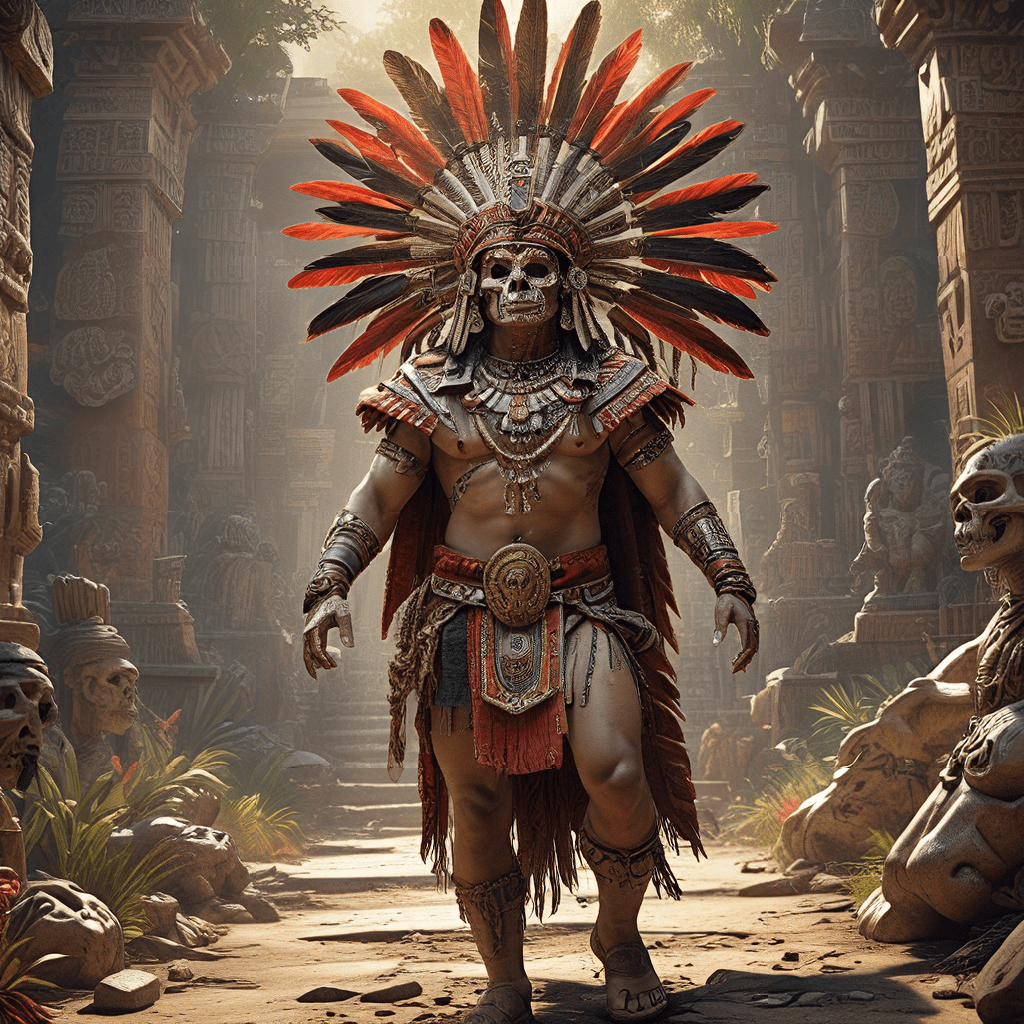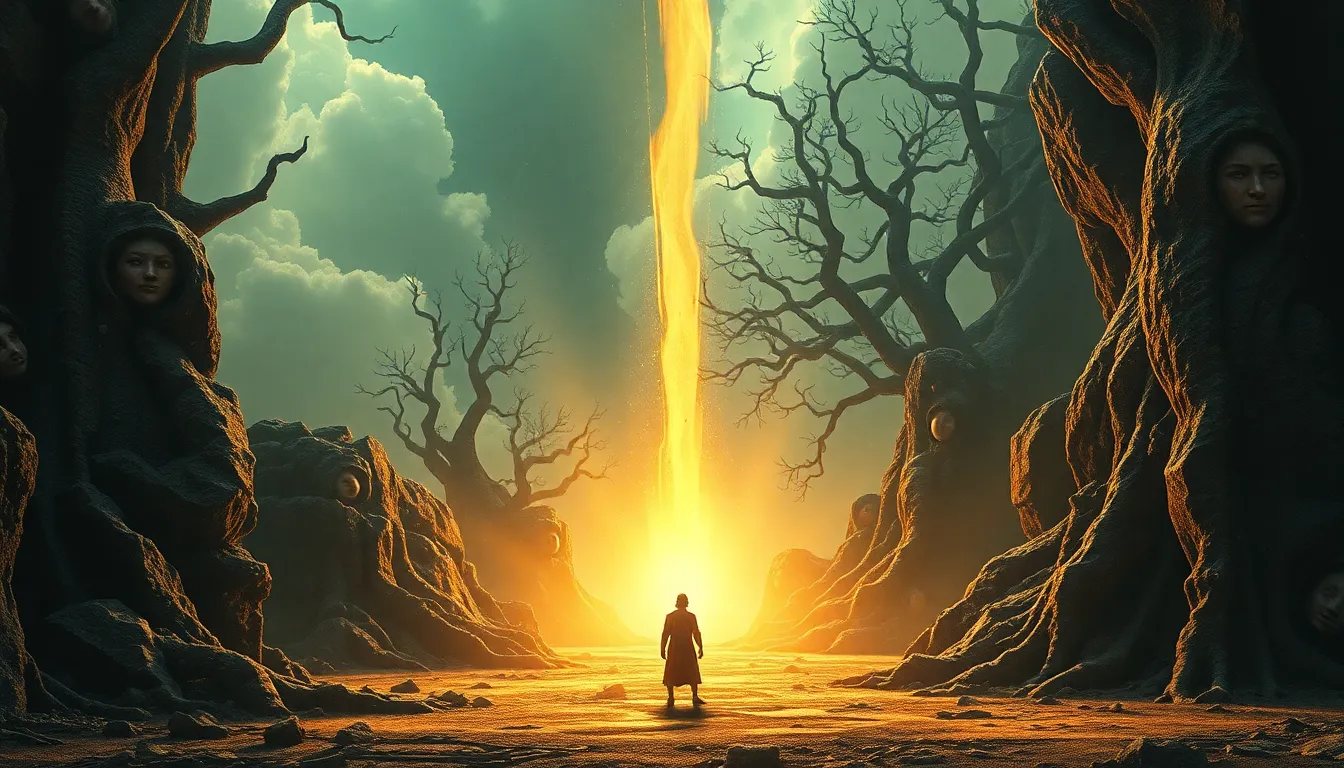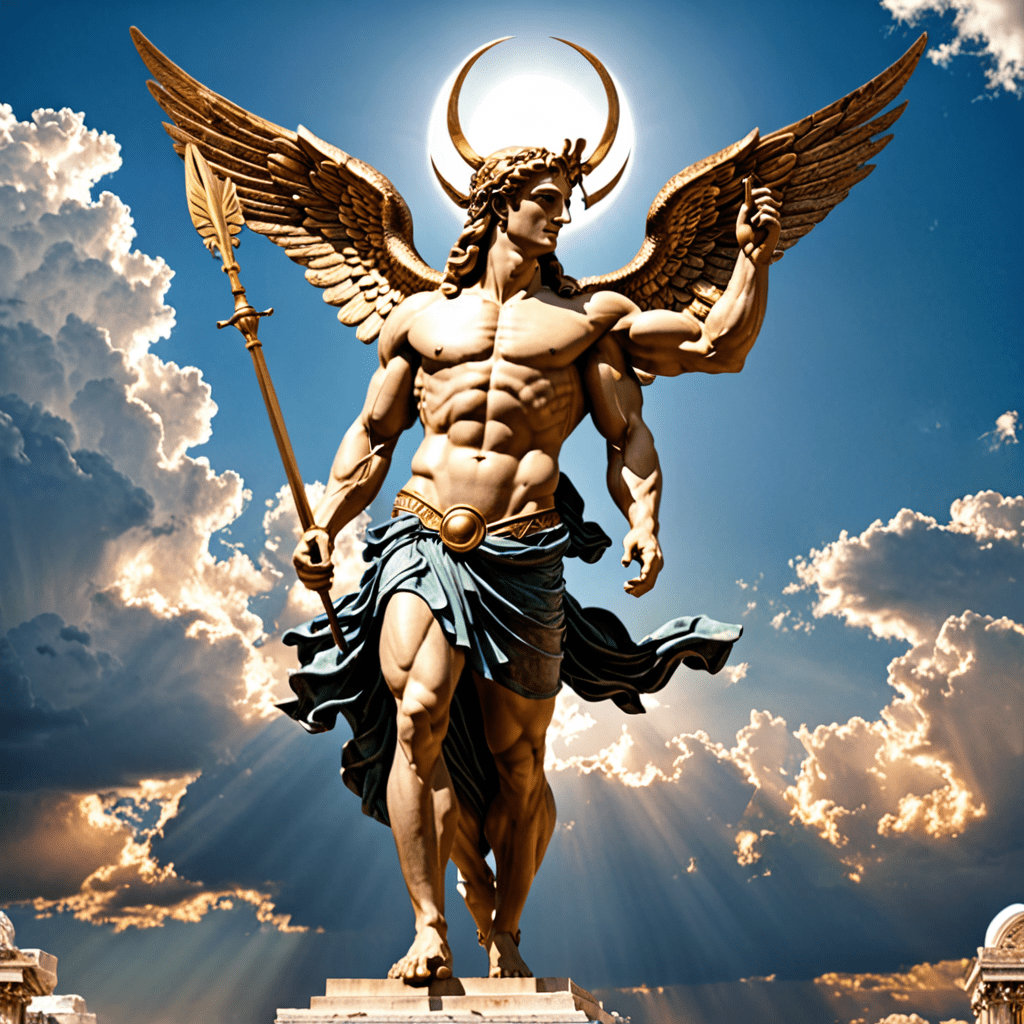The Aztec Concept of the Afterlife
The Aztecs, a powerful civilization in ancient Mesoamerica, had a complex and fascinating worldview that included a well-defined concept of the afterlife. They believed that death was not an end but a transition to a different realm, a journey to the underworld known as Mictlán. This journey was not a simple passage but a challenging test that determined the fate of the deceased in the next world.
For the Aztecs, death was a natural part of the cycle of life and a necessary step in the ongoing renewal of the universe. Death was not feared, but rather accepted as an inevitable part of existence. The Aztecs revered their ancestors and believed that their spirits played a vital role in the lives of the living.
The concept of the afterlife was deeply intertwined with the Aztecs' understanding of the cosmos and their gods. They believed that the universe was made up of thirteen heavens and nine underworlds, each governed by specific deities. The underworld, Mictlán, was ruled by Mictlantecuhtli and Mictecacihuatl, the god and goddess of death, who presided over the souls of the departed.
The Journey to Mictlán: A Perilous Path
The Aztec belief system held that the souls of all individuals, regardless of their social status or achievements in life, embarked on a perilous journey to Mictlán after their physical death. This journey was not a straightforward path, but rather a treacherous passage through a series of challenging trials and obstacles.
The souls of the deceased were guided by a psychopomp, a spirit guide, who led them through the vast and perilous underworld. This journey was fraught with danger, as the souls faced numerous trials, each testing their resilience and fortitude. They had to navigate treacherous landscapes, confront fearsome creatures, and endure harsh conditions.
The journey to Mictlán was a symbolic representation of the challenges and struggles that individuals faced throughout their lives. It highlighted the importance of perseverance, resilience, and the ability to overcome adversity. The trials served as a final test, a way to prove the worthiness of the soul and its readiness for the afterlife.
The Fourteen Levels of Mictlán: A Descent into Darkness
Mictlán, the Aztec underworld, was not a single, monolithic realm but rather a complex and layered domain consisting of fourteen distinct levels. Each level presented its own unique challenges and dangers, demanding increasingly greater strength and determination to overcome.
The journey began with the entrance to the underworld, a perilous passage known as the "House of the Sun." The first level of Mictlán was a place of darkness and despair, where the souls of the dead were forced to wander aimlessly. Subsequent levels included a mountainous region, a river of blood, and a valley of thorns, each presenting a different set of obstacles.
As the souls descended deeper into the underworld, the challenges grew more formidable, reflecting the growing darkness and despair that enveloped the dead. The final level of Mictlán, the "House of the Sun," was where the souls of the dead would finally reach their destination.
The Role of Xolotl, the Guide to the Underworld
Xolotl, a god associated with both death and the underworld, played a significant role in the Aztec concept of the afterlife. He was a psychopomp, a guide who led the souls of the dead on their perilous journey to Mictlán.
Xolotl was often depicted as a dog or a dog-like creature, symbolizing his connection to the underworld and his role as a protector of the dead. He was also associated with the planet Venus, which was believed to be the home of the dead.
Xolotl's presence on the journey to Mictlán provided the souls with a sense of comfort and guidance. He was a source of strength and support, helping them to navigate the treacherous landscapes and overcome the challenges they faced. Xolotl's role as a psychopomp highlighted the importance of guidance and companionship on the journey to the afterlife.
The Trials of the Dead: Facing Challenges and Sacrifices
The journey to Mictlán was fraught with danger and challenges, each level requiring the souls to face a unique set of trials and obstacles. These trials served as a final test, a way to prove the worthiness of the soul and its readiness for the afterlife.
The souls of the deceased were required to navigate treacherous landscapes, confront fearsome creatures, and endure harsh conditions. They had to cross rivers of blood, navigate through mountains of obsidian, and face the wrath of the lords of the underworld.
The trials were not meant to be insurmountable but rather to test the resilience and strength of the souls. They symbolized the challenges and struggles that individuals faced throughout their lives and the importance of perseverance, resilience, and the ability to overcome adversity. The trials were a reminder that the journey to the afterlife was not a passive event but an active process that required courage, determination, and an unwavering spirit.
The Significance of the Dog as a Companion in the Journey
In Aztec mythology, dogs played a significant role in the journey to the underworld. They were believed to be loyal companions and guides for the souls of the dead. The presence of a dog, especially a black dog, was seen as a symbol of protection and guidance on the perilous path to the afterlife.
A dog's loyalty and unwavering companionship mirrored the importance of support and guidance on the journey. They were often depicted alongside Xolotl, the god of death and the guide to Mictlán, further emphasizing their close connection to the underworld.
The inclusion of a dog in the afterlife narrative was not limited to the Aztec culture. Many ancient civilizations, including the Egyptians and Greeks, also viewed dogs as companions to the dead, highlighting the universal symbolism of these animals as loyal and protective guides.
The Four Suns and the Cyclical Nature of Life and Death
The Aztec belief system was deeply intertwined with the cyclical nature of life and death. They believed in the concept of "Four Suns," each representing a distinct era in the history of the universe. Each sun represented a different creation and destruction event, with the current era being the fifth creation.
The cyclical nature of creation and destruction was reflected in the concept of the underworld. Death was not viewed as an absolute end but as a transition to a different realm, a continuation of the cycle of existence. The souls of the dead journeyed to Mictlán, where they were eventually reborn to continue the cycle.
This belief system provided the Aztecs with a sense of continuity and purpose, emphasizing the importance of their role in maintaining the balance of the universe. It reinforced the idea that life and death were interconnected and that death was not simply an end but a necessary step in the ongoing renewal of the cosmos.
The Influence of Aztec Mythology on Modern Culture
The rich and complex mythology of the Aztecs has left an enduring legacy on modern culture. Its influence can be seen in various aspects of contemporary art, literature, and popular culture.
The Aztec concept of the underworld, Mictlán, has inspired countless works of fiction, including novels, films, and video games. The themes of death, sacrifice, and the journey to the afterlife continue to resonate with modern audiences, exploring the universal human experience of mortality and seeking meaning in the face of death.
The Aztec mythology also offers insights into the complex relationship between humans and the natural world. Their reverence for nature, the intricate symbolism within their rituals, and their belief in a connected universe continue to inform modern perspectives on environmentalism and the interconnectedness of all living things.
Theories on the Origin of Aztec Mythology and the Underworld
The origin of Aztec mythology and the concept of the underworld is a subject of ongoing debate among scholars. Several theories have been proposed, each offering a unique perspective on the development of these beliefs.
One theory suggests that the Aztec concept of the underworld was influenced by earlier Mesoamerican cultures, such as the Olmecs and the Mayans, who also had well-developed beliefs about the afterlife. The similarities between these cultures' mythologies suggest a shared cultural foundation and the possibility of knowledge transmission over time.
Another theory proposes that the Aztec concept of the underworld was influenced by their observations of the natural world. The darkness and mystery of caves, the underground rivers, and the cycles of life and death in nature may have provided inspiration for the development of their beliefs about the afterlife.
Ultimately, the origins of Aztec mythology are likely a complex interplay of cultural influences, historical context, and the human need to understand the mysteries of the universe.
Interpretations of Aztec Beliefs on Death and the Afterlife
The Aztec beliefs about death and the afterlife were complex and multifaceted, reflecting a deep understanding of the human condition and the interconnectedness of life and death.
Some scholars interpret the Aztec concept of the underworld as a reflection of their fear of death and their desire for a meaningful afterlife. Others view it as a way of explaining the mystery of death and offering solace to those who had lost loved ones.
The significance of the journey to Mictlán, with its trials and challenges, emphasized the importance of perseverance and the ability to overcome adversity. It highlighted the belief that death was not an absolute end but a transition to a different realm, a continuation of the cycle of existence.
The Aztec beliefs about death and the afterlife offer a valuable perspective on the human experience of mortality and the need to find meaning in the face of the unknown. They reflect a deep understanding of the interconnectedness of life and death and a belief in the ongoing cycle of creation and destruction.
FAQ
Q: What happened to the souls of warriors and those who died in childbirth?
A: The Aztecs believed that warriors who died in battle or childbirth were granted special privileges and did not have to embark on the treacherous journey to Mictlán. Instead, they were believed to be escorted to a paradise known as Tlalocan, a heavenly paradise ruled by the rain god Tlaloc.
Q: What was the significance of sacrifices in Aztec religion?
**A: ** Sacrifices played a vital role in Aztec religion. They were believed to be necessary to appease the gods and maintain the balance of the universe. The Aztecs believed that blood sacrifices, often involving human hearts, were necessary to keep the sun moving across the sky and prevent the world from ending.
Q: How were the Aztecs' beliefs about the afterlife reflected in their funerary practices?
**A: ** The Aztecs' funerary practices were deeply intertwined with their beliefs about the afterlife. They believed that the body was a vessel for the soul, and they treated the dead with great respect. Funerary rituals often involved elaborate ceremonies, offerings of food and drink, and the burial of the deceased with valuable possessions to aid them in their journey to the underworld.



